By turning over refuges, such as sheets of corrugated iron, planks of wood or old carpet, you never know what you may find!
Visiting Parc Slip Nature Reserve is full of wildlife wonders and many are often hiding in the most unlikely places. Parc Slip is mix of habitats such as grassland, woodland and wetlands, restored from its previous status as an opencast coal mine. My aim was to see what wildlife I could find by turning over the sheets of corrugated iron, planks of wood and old carpet. These sheets had been strategically placed to provide shelter for all manner of wildlife, such as snakes, amphibians, invertebrates etc.
This convenient survey technique consists of placing refuge sheets where they can be partially exposed to the sun in areas where reptiles are suspected to be. It may take some time for snakes and slow worms to find them but, when they do, they will use them in a wide range of weather conditions from spring to autumn. As well as corrugated iron, materials such as carpet or roofing felt can also be used. Great care should be taken when positioning refuges to avoid exposing reptiles to risks such as crushing or collection. Each refuge should be carefully mapped ideally using a handheld GPS to carefully record their location so that they can be found again.
If you intend to use refuges in a survey for reptiles there are some important considerations to take into account. For example, Adders often use refuges, and careless actions, such as lifting refuges by hand, without the aid of a stick, can result in being bitten. An Adder bite is serious and immediate medical attention should always be sought. The risk of being bitten is minimal if Adders are treated with respect and observed from a distance. Adders prey on warm-blooded mammals such as voles, mice and rats and have incredibly sensitive heat sensors located at the tips of their forked tongue, so it’s easy to see how a human hand can be mistaken for a tasty rodent. Snakes such as the Adder are becoming increasingly endangered and are a UK BAP Priority Species. They must therefore not be disturbed and if approached should be done so with extreme care. For monitoring purposes this means that a member of the team must be a registered snake surveyor and have an appropriate licence.
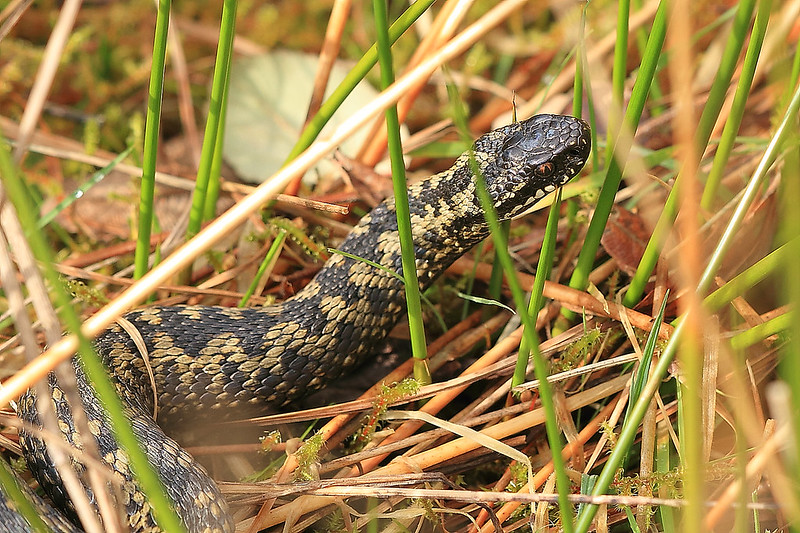
Britain’s only venomous snake which is inhabitant of open, predominantly dry habitats. Although good populations still exist on heathland and moorland nature reserves, the Adder has declined significantly in many places where it was previously common.
Anyone interested in surveying adders should read my blog post Adders at Parc Slip Nature Reserve.
However, this post will focus on other types of wildlife that can be found sheltering inside the refuge’s dark yet warm micro-climate.
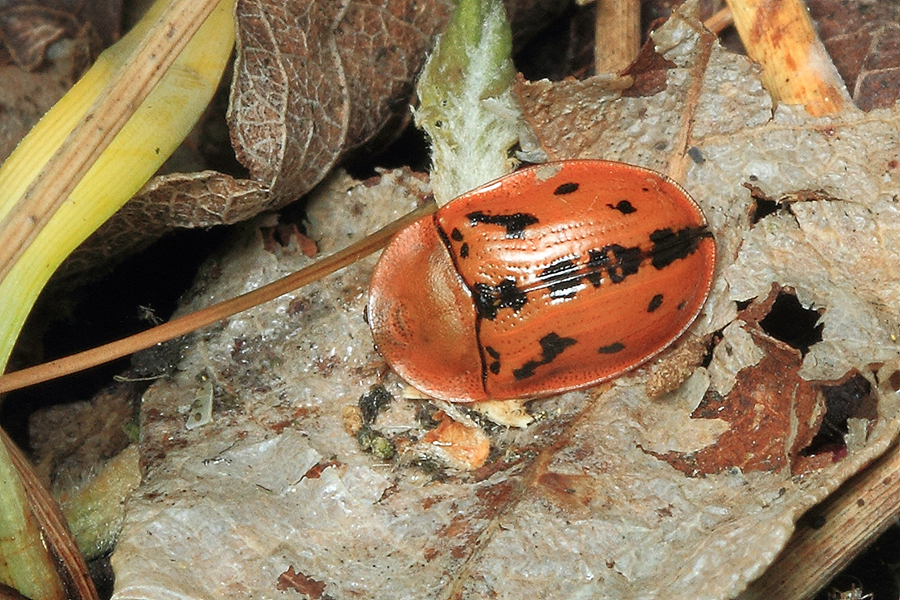
Most Tortoise Beetles are masters of camouflage using their green bodies to blend into the foliage. So why does this Tortoise Beetle have such a perspicuous red shield? My guess is that it uses the red and black spot colouration to mimic a ladybird. Bright colouration like red and yellow are often present in beetles that have noxious substances in their bodies that are best avoided by predators.
Like a tortoise when threatened the Tortoise Beetle will tuck his head and legs under its shell to avoid predation. Like a limpet it will also cling to its substrate making it difficult for a predator to dislodge it and get at its more vulnerable underside. Its upper-side provides a formidable shield of defence.
How do they manage to attach themselves like limpets?
The tarsus is the part of an insects leg farthest from its body, and it ends typically in a claw or pair of claws. If you look closely at the illustration below you will see that the Tortoise Beetle has a rather wide and paw like tarsus. Why is this? Perhaps, like a Gecko which can cling onto ceilings – the beetle uses its wide tarsus like a suction pad making it very difficult to dislodge. Furthermore, the flattened domed shape of its pronotum and elytra allows it to tuck in appendages and pull close to the leaf. This reduces its profile size, making it hard for predators to disloge it.
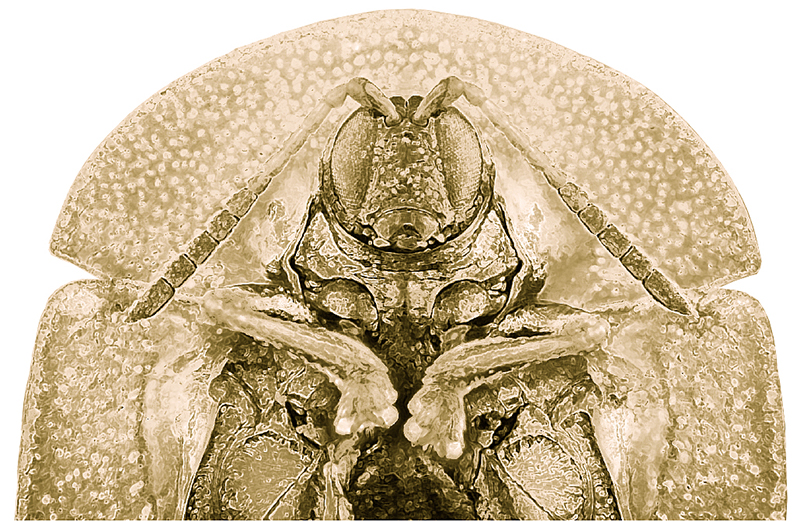
The padded tarsus acts like a suction pad that helps the Tortoise Beetle to cling tightly to its substructure and avoid predation. This grip is further maintained through the use of protruding claws.
What else did I find hidden away under the refuges
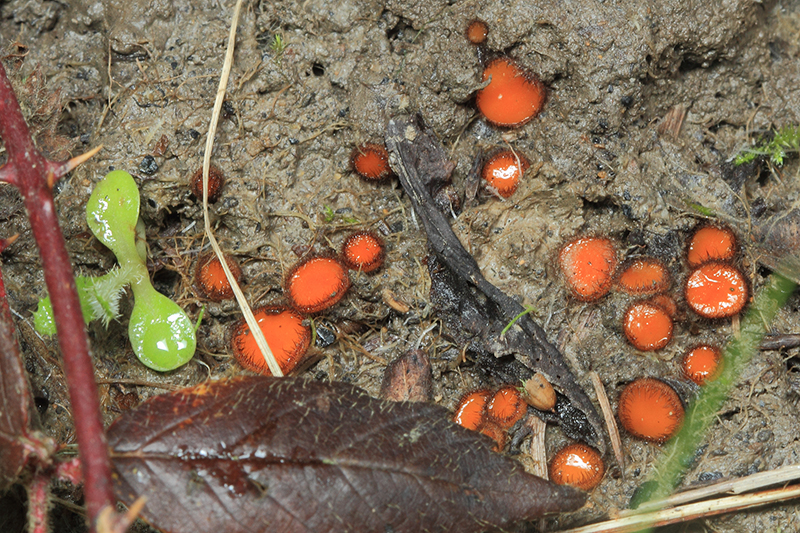
Flat or shallowly concave discs, 1 to 2mm across and 0.5 to 1.5mm tall; orange; The fertile (upper) surface is bright orange, smooth in the centre but granular near the rim. Looking at my Fungus Field Guide it could be Cheilymenia granulata
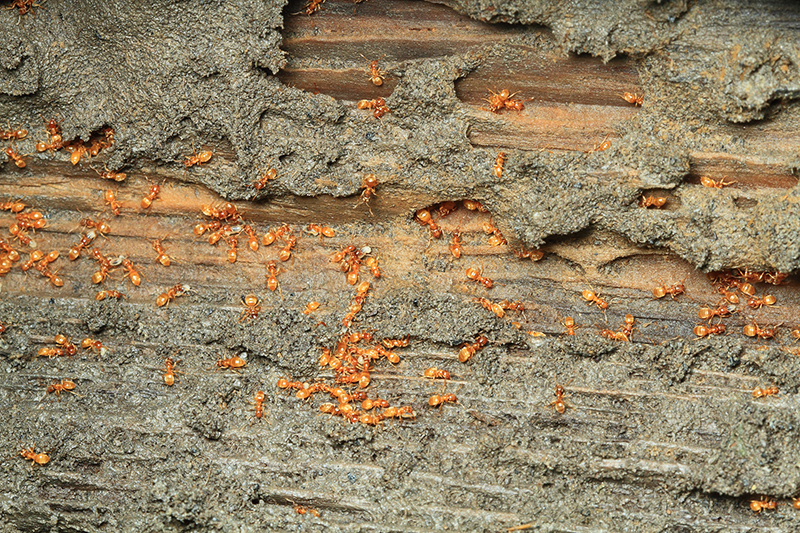
Yellow Meadow Ants – Lasius flavus.
These look like Red Ants but on closer inspection the ants appear to have only a 1-segmented waist. The red ant has a 2-segmented-waist.
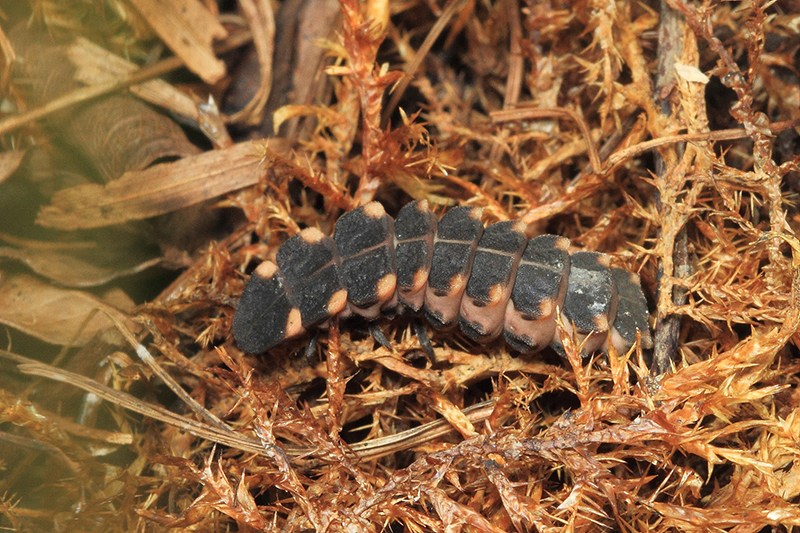
Glow Worm Larvae: The larvae are seen between April and October. Glow-worms are usually found in locations where there is a good supply of small snails for larvae to feed on.
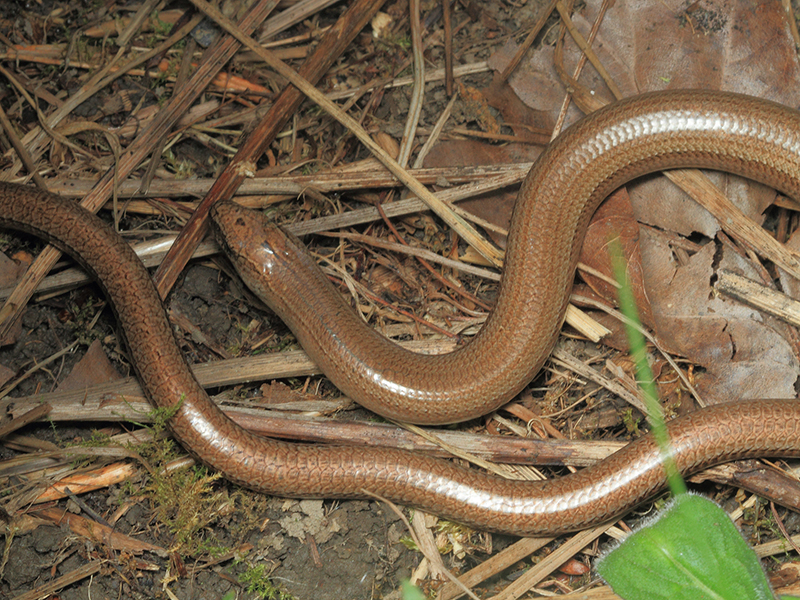
Slow Worm although superficially snake-like in appearance it is in fact a legless lizard. It is regularly found under refuges, often scrunched, concertina style into a ring.
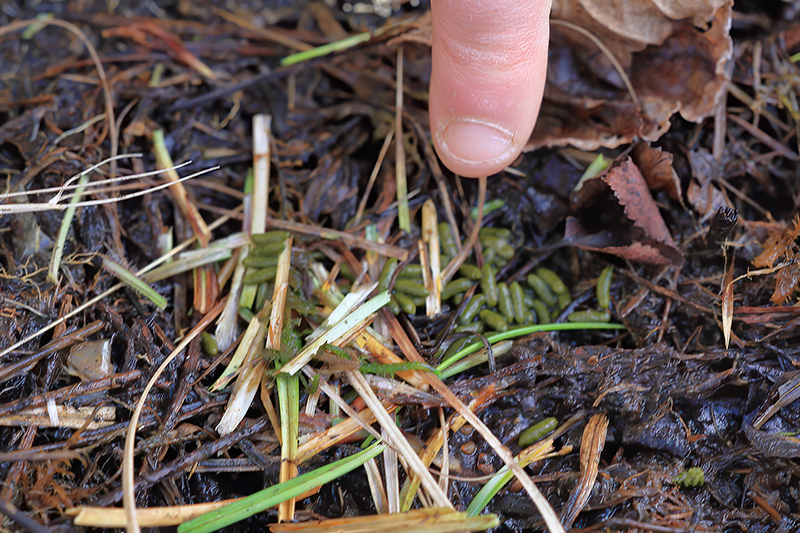
The green droppings of a Vole have a rounded blunt end and have a putty-like texture with no strong smell

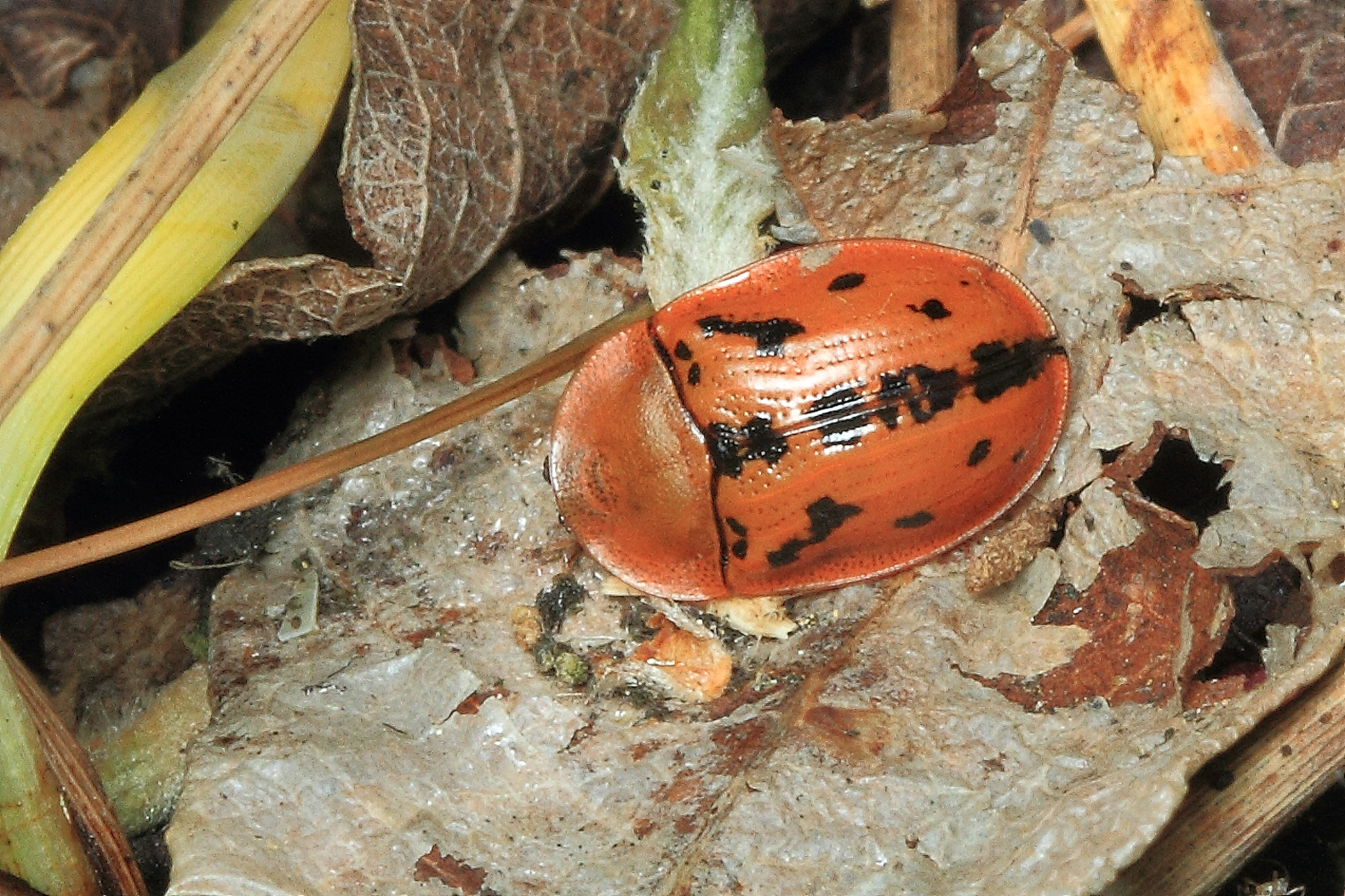
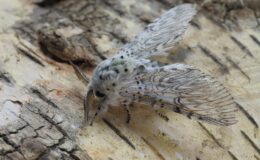
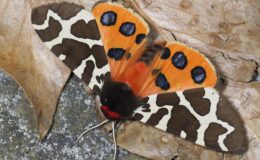
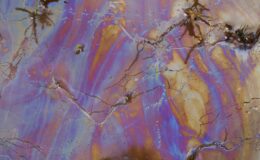
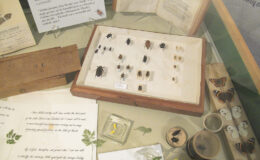
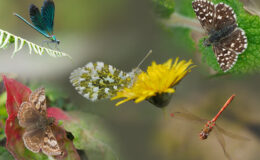
Leave a Comment